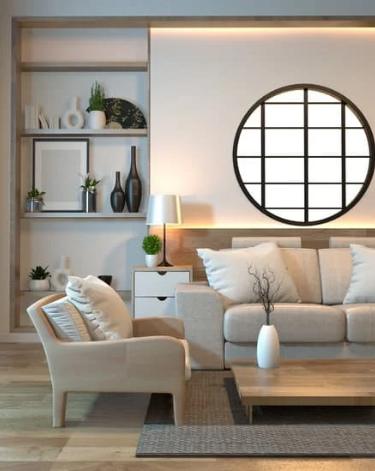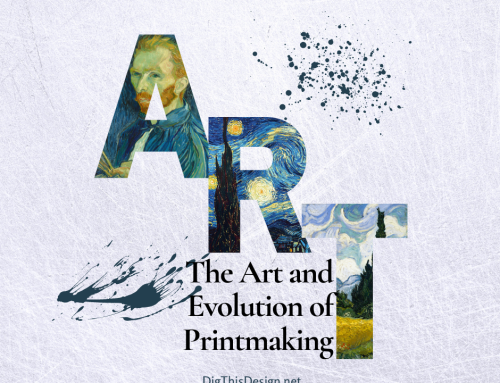Designing shared spaces can be challenging. Living with your partner is a beautiful journey. However, it needs careful consideration when designing shared spaces. Everyone has a unique style, so combining different design preferences is challenging when designing shared spaces. Your partner might lean towards eclectic and traditional techniques, while you are minimalist and modern.
This guide will help you with designing shared spaces that reflect your personality and promote a community, regardless of whether you blend modern and traditional elements or minimalist and eclectic pieces. We will also provide practical tips for compromising, communicating, and finding common ground when making design choices.
A Guide for Designing Shared Spaces

The Challenge of Merging Design Styles
The challenge of designing shared spaces with a partner can be that they have diverse tastes and preferences. Each individual brings their interests and importance to the table, challenging creating a harmonious and united living space.
Tips for Couples Designing Shared Spaces
The best way to overcome this is through a balance of self-expression and teamwork. Here’s how:
Communication is Key
Communicating is important when designing shared spaces. The act of actively listening involves letting both sides openly express their ideas. Remember that compromising doesn’t require you to abandon your style entirely. The trick is to find a middle ground where both preferences are respected for successfully designing shared spaces. For example, if your partner prefers bold colors, add colorful accents to a minimalist home.
Find what appeals to you both. You can draw parallels between your design aesthetics based on your shared appreciation for natural materials, a specific color, or vintage furniture. These parallels could provide a starting point for your design journey.
Minimalist and Eclectic Styles
The difference in taste is important, but instead of a problem, make it a feature. Using sleek, streamlined furniture with vibrant, textured accessories can create an aesthetically pleasing environment.
Ensing a balanced atmosphere is key to fusing minimalist and varied design styles. Make sure congested areas are offset with simpler ones. Experiment and modify until you find the right balance.
Traditional and Modern Fusion
In some situations, tradition and modernity can exist together. Mix modern fixtures with elegant, antique furniture for an intriguing fusion.
Mixing traditional and contemporary styles requires careful attention to proportion. Do not let one type dominate. Pair modern dining tables with contemporary chairs to keep the balance.
Designing for Personality and Unity
Embrace elements that reflect your style. You can make your space a reflection of your story with your favorite art pieces, a collection of souvenirs from your travels, or homemade furnishings.
Keep your color palette consistent throughout your home so that each section flows into the one before it. By doing so, your home will reflect your preferences and exude a sense of community.
Designing a Space that Reflects You as a Couple
Designing a shared space could benefit your relationship and your home’s aesthetics. It could be challenging, given the many design styles and perspectives each of you brings. The key to successfully navigating this journey is good communication, compromise, and finding common ground.
Whether you combine classic and modern design elements or minimalist and eclectic aesthetics, your home should reflect your marriage.
By designing a space that reflects your individual design preferences and the harmony you have developed as a couple, you can offer your home a distinct combination of your personalities.
A space where your creativity and passion can coexist could be a fitting reflection of your union if you integrate a few design concepts.
FAQs
How can couples decide on a color scheme when merging styles?
Selecting a color scheme can be fun. Start by choosing a few colors you like and then check for overlaps. You may also use neutral foundation hues to achieve harmony and use your preferred shades as accents.
What should couples do if they can’t agree on a specific design element?
Consider delegating the decision-making process if you need help deciding on one specific design. As an illustration, one pair may decide on the sofa while the other chooses the dining table. By doing this, you may both have a voice in the final layout.
Are there any tools or apps that can help couples with design decisions?
Yes, you may visualize your ideas using a variety of interior design applications and websites. Popular apps or tools include RoomSketcher, Pinterest, and Houzz. You and your partner can use these tools to explore design choices and make decisions together.
Can you share examples of successful shared spaces designed by couples?
Certainly! Many couples have combined their design aesthetics effectively. Platforms like Instagram and home décor blogs, where couples frequently discuss their design adventures, are great places to gain inspiration. These real-world examples might offer insightful information.
How can couples avoid common design pitfalls when merging their styles?
Establish clear communication from the start to prevent frequent mistakes. Take your time making decisions, be willing to compromise, and concentrate on areas of agreement. Remember that asking a professional is okay since an interior designer may provide helpful advice on combining various design styles.
Other posts you might enjoy:
Exploring Shared Living Spaces: Pros and Cons
Co-Living – Tips for Designing Living Spaces
A Guide to the Innovative Coworking Spaces of Hong Kong





